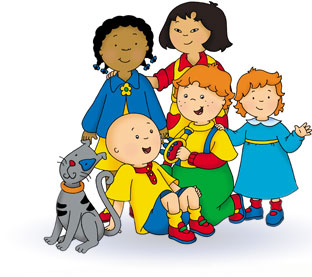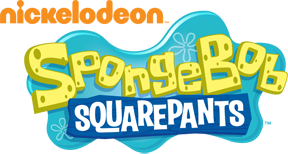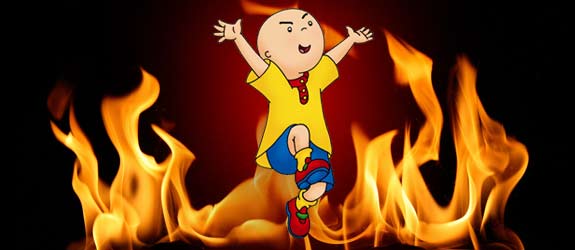Unless Amish or like-minded, parents get exposed to a wide array of children’s media. Categories for children’s programming can be classified as education, entertainment or edutainment. There are great examples of all three types. But I won’t discuss those as it might spoil future articles.
Socks Sandals Noises Gizmos’ focus in this article isn’t poorly made animation, as it’s too easy to criticize. It’s the cartoons that I feel have no value and I don’t like my children to watch them, despite their popularity and penetration in children’s culture.
The Facts:
SpongeBob SquarePants was created and developed by Stephen Hillenburg, Derek Drymon, Tim Hill and Nicholas R. Jennings. SpongeBob was originally SpongeBoy, however the trademark was owned by a cleaning supply company, SquarePants came later. Debuting in 1999, the show quickly became the franchise NickToon of the millennium era and still stands strong today.
The Verdict:
SpongeBob has literally no value to it. The show is as mentally nutritious as cotton candy is physically nutritious. There are no morals or values represented, not even as much as a Looney Tunes or Tom & Jerry cartoon. The closest they ever get to any sort of lesson is the episode where SpongeBob and Patrick learn a “sentence enhancer” (i.e. cussword) on the Crabby Patty dumpster and start using it in every sentence, leading Mr. Crabs to teach them even more words. One thing to note, the cusswords are “bleeped” out by a dolphin squeak. Eventually at the end of the episode, Mr. Crabs’ mother reprimands the three for their foul language.
Sometimes SpongeBob will be shown as a “good friend” to Sandi (underwater squirrel) or Patrick, but not enough to even argue that the show teaches social or soft skills. My son has a friend who loves SpongeBob. Thankfully my boy personally couldn’t care less about the show. I hope this sticks, as the problem solves itself.
The Alternative:
In the mood for a similar type of show that actually has some substance to it? My suggestion would be Cartoon Network’s Adventure Time. The show shares a similar sense of humor, but there is actually a foundation for it to stand upon. Like SpongeBob and Patrick, Adventure Time’s Finn and Jake are best friends. That’s about where the parallel of their relationships end. Finn and Jake are more than just friends, they’re partners in heroics. Their relationship is much more equally yoked as both characters have their own personalities and skill sets that allows them to work together for the greater good. One suggestion I would give is to watch more than one thirty-minute episode before writing it off. There is actually some real heart in the episodes
The Facts:
Caillou is based on French-Canadian author Christine L’Heurex ‘s book series of the very same name with help from Helene Desputeux (don’t ask how to pronounce that) The show was originally carried on Teletoon in 1997 and PBS respectively, and currently airs on Treehouse TV and PBS Sprout.
The Verdict:
I guess the goal of Caillou is to help teach the soft/social skills as opposed to the three R’s. While its intention is a noble one, the show itself falls woefully short. Caillou, the main character, is a four-year-old Caucasian boy with one of the most annoying voices ever. There have been three voice actors to play the part, and each one gives the same performance, whiny. We’re talking “but I was going to Toshi station to get some power converters” whiny. While one may argue that a four year old is much more entitled to that attitude than seventeen-year-old Luke Skywalker, I would agree and then retort. There is no off switch for the whining. Caillou often whines and otherwise laments any and almost every time he doesn’t get his way. Which is at least twice per segment, usually due to his baby sister, Rosie
Actual still from the series.
And another thing, Caillou is bald. Bald. When asked why a pre-school aged kid would be bald, L’Heureux states it is supposed to help with relating the viewer with the character. Having no colored hair allows the viewers to project themselves onto Caillou like some weird French Canadian voodoo doll. As an additional opportunity to relate to the show, there is an ensemble cast of children Caillou plays with at pre-school and elsewhere. This conveniently consists of every major ethnicity, Chinese, Canadian African, Jewish redheads, even a kid with type-one diabetes. We’re talking a mock United Nations every snack time, in suburban Canada.
 Behold the beginnings of the New World Order, with Caillou at the helm.
Behold the beginnings of the New World Order, with Caillou at the helm.
I’m not faulting anything concerning the diversity expressed in the show; it’s just that Caillou as a character is an albatross to the entire experience. If one could It’s A Wonderful Show the main character away, perhaps it would be more tolerable.
The Alternative:
Soft skills are very important to the development of a child, and this is becoming more recognized now. One of the best shows that help with these skills is Daniel Tiger’s Neighborhood. If that name sounds familiar it’s because The Fred Rogers Company develops the show. This series focuses on the life of Daniel Tiger, son of Daniel Striped Tiger in The Neighborhood of Make-Believe. Daniel’s friends are the sons and daughters of the other citizens once highlighted in Mister Rogers’ Neighborhood. Think of it as the Tiny Toon Adventures of PBS. The reason it’s a superior show to Caillou is because it approaches things important to a pre-school child with greater success. If a child is hesitant to try something new, they are greatly encouraged to at least make an attempt, and if they like it, great, and if they don’t, that’s just as well. Interpersonal skills are touched upon like manners and not being bossy. One of the greatest things about is the callback to Fred. “It’s Such a Good Feeling” closes every episode and actually warms my heart, and no it’s not just nostalgia talking.





One Comment
Leave a Reply